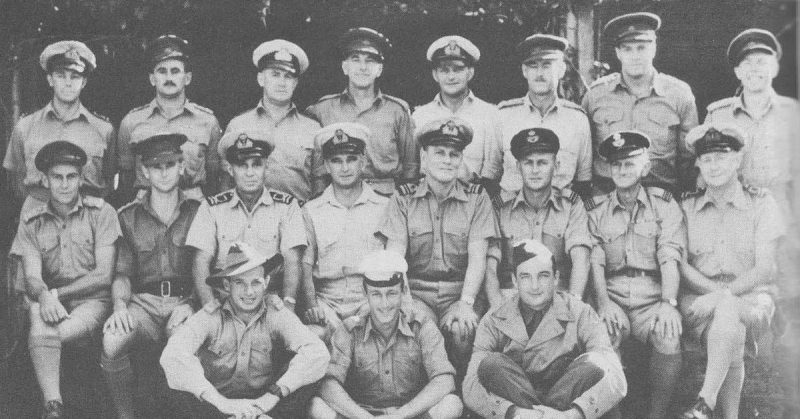War History online presents this Guest Piece from Jim Burrowes
Australian Coastwatchers brought the tide of Japanese invasive successes to a shuddering halt when two coastwatchers spotted and reported an invasion fleet of 5,500 Japanese troops. The Coastwatchers’ observation was pivotal as it precipitated the Battle of the Coral Sea in May 1942 and prevented the invasion of Port Moresby. In noting the vital role played by Coastwatchers, United States Admiral William F. (Bull) Halsey would later state that ‘The Coastwatchers saved Guadalcanal, and Guadalcanal saved the South Pacific.’ The story of M Special Unit of the Allied Intelligence Bureau (the Coastwatchers) unfolds hereunder.
In early 1941, ten months before the Japanese attack on Pearl Harbor, the Australian government set up the unpublicised ‘Malay Barrier’ and deployed a series of ‘Bird’ defence forces on the islands north of Australia: the Sparrow Force on Timor, Gull Force on Ambon and Lark Force at Rabaul.
Tragically, these undermanned and underequipped forces were totally outnumbered by the Japanese invasion force as it swept south after Pearl Harbor. Hence, these defences were futile disasters incurring huge losses of Australian troops.
The first of these invasions occurred on 23 January 1942, just six weeks after Pearl Harbor, when the Japanese invaded and occupied Rabaul (with the Commander, Colonel Scanlon, surrendering all military responsibility when he issued the infamous ‘Every man for himself’ order that same afternoon). The Japanese then set about killing or capturing 73% of the token Australian force, numbering just 1,484 ill-equipped troops, left to defend it. Subsequently, 853 army POWs and 200 civilians went down on the unmarked prison-ship Montevideo Maru sunk by a US submarine off Luzon in the Philippines enroute to Japanese-occupied Hainan Island. It was Australia’s largest maritime disaster of the war.
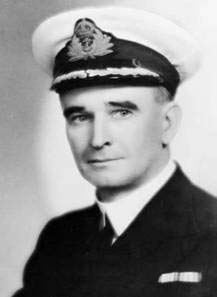
A week after Rabaul the enemy landed at Ambon and two weeks later at Timor.
After occupying Rabaul, as explained by founder and commander of the Coastwatchers Eric Feldt in his classic book The Coast Watchers, in late February 1942 ‘the Japanese despatched a force from Rabaul to occupy Lae and Salamaua… Buka Passage and the Shortland Islands…. Then, in May, they essayed to take Port Moresby from the sea, at the same time occupying Tulagi’. See Feldt p. 69.
Japan’s ongoing effort to strengthen the offensive positioning of their empire in the South Pacific meant that Port Moresby was a primary target. According to James P. Duffy in his book War at the End of the World, Port Moresby in New Guinea was the strategic goal of the Japanese codenamed MO Carrier Striking Force with its 5,500 invasion troops. By taking Port Moresby, the Japanese intended to isolate Australia and New Zealand from their ally the United States, in preparation for the Japanese attack on Australia.
Fortuitously, as Duffy records, ‘an Australian Coastwatcher on the Solomon island of Bougainville provided the first news of Japanese movements when he sent his message on 2 May 1942 that a large force of enemy ships was sailing south towards Tulagi. Another Coastwatcher on New Georgia made a similar despatch later the same day. Both Coastwatchers transmitted their sightings to headquarters at Port Moresby which relayed the message.’
Two days later, these warnings by Coastwatchers led to the invasion fleet of the Imperial Japanese Navy being met, and vanquished, by naval and air forces from the United States and Australia in the Battle of the Coral Sea, which was fought during 4-8 May 1942. This was the first naval repulse of the Japanese following their series of conquests during their thrust from the northern to the southern hemisphere.
Ironically, it was their preoccupation with rounding up escapees in New Britain following the invasion of Rabaul that had delayed the Japanese in their strategy to invade and occupy Port Moresby. This delay gave the US Fleet an extra three months to deploy to Australian waters and defeat the Japanese in the Battle of the Coral Sea.
As Duffy records ‘the most important result of this historic battle was that it averted the invasion of Port Moresby, with all it portended for the safety of Australia and the future of the war’. Moreover, he notes, ‘never again would an enemy fleet attempt to invade that vital port city’. See Duffy p. 109.
This left the base of operations at Port Moresby free for the untrained Australian forces fighting in New Guinea such as those courageous young soldiers who fought on the Kokoda Track and who, with some reinforcements by AIF soldiers returned from the Middle East and several US units, were ultimately successful in repelling the Japanese from their Buna, Gona, Lae and Sanananda occupations.
This initial land-based repulse of the Japanese drive south also repelled them at Milne Bay. Subsequently, the combined forces of the US and Australia drove the Japanese from their strongholds at Lae and Salamaua, then Finchafen, Saidor, Madang, Aitape, Wewak, Hollandia, Biak, Wadke and Morotai on the way to the triumphant US return to the Philippines and beyond.
Shortly after the Battle of the Coral Sea, the Japanese and the United States fought a six-month long battle of attrition for control of Guadalcanal in the Solomon Islands, during which the Americans came perilously close to defeat at times. Again, a US defeat would have left Australia isolated. Once more, Australian Coastwatchers played a vital role in a key victory: the ultimate American success at Guadalcanal.
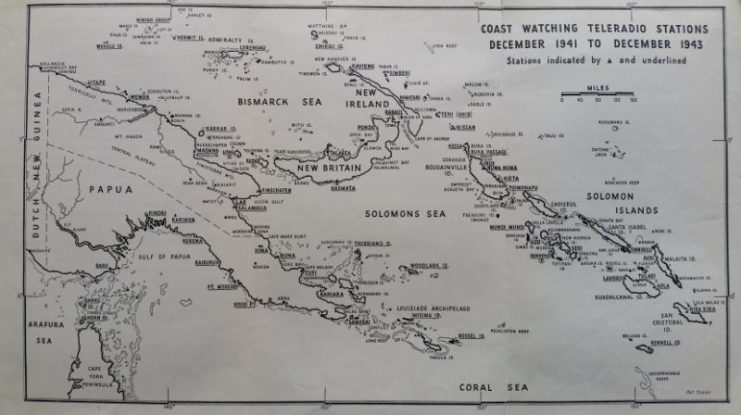
Coastwatchers regularly sent two-hour warnings of enemy bombers with supporting fighter squadrons ‘headed your way’ from their campsites in the enemy-held jungles of New Britain, New Ireland, Bougainville and other surrounding islands to US authorities on Guadalcanal, and the Australians at Port Moresby. These warnings saved countless lives and casualties of Allied personnel, with planes ‘up in the sun’ ready to pounce, the Navy’s battleships on ‘battle stations’ and their land forces with their anti-aircraft weaponry ready and waiting for the Japanese attacks. As a result of these warnings, the US forces at Guadacanal were able to defend hard-won territory, and enemy losses were of enormous strategic value.
The official acknowledgement by five-star US Admiral of the Fleet, William F. Halsey, was brief and poignant [and see his additional tribute below]:
The Coastwatchers saved Guadalcanal, and Guadalcanal saved the South Pacific.
A memorial recognising the role of the Coastwatchers stands in Honiara today.
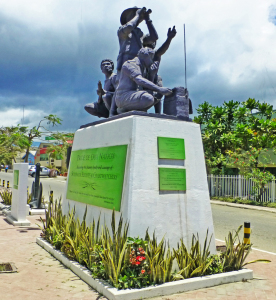
In essence, if the Coastwatchers had not routinely signalled their warnings in plain language, such as those mentioned above, the consequences would have been dire.
First, the capture of Port Moresby by the Japanese would have virtually severed US support for Australia and, using Port Moresby as a base, Japanese bombers would have been able to bomb Cairns (525 miles away), Townsville, Mackay, Rockhampton and Brisbane (1,297 miles away), and block the eastern sea approaches to Darwin, only 1,126 miles away, thus ‘opening the gate’ for the invasion of Australia.
Second, as a collateral consequence, the Australians would not have been able to launch their Port Moresby offensive to thwart the Kokoda thrust by the Japanese.
Third, the Allied Supreme Commander General Douglas MacArthur would have been constrained to defending the southern hemisphere disasters of Guadalcanal and Port Moresby, thus precluding him from redeploying his forces to prosecute his successful execution of the island-hopping campaign north of the Equator to reach and occupy Tinian Island to launch the atom bombs to end the war with Japan.
Thus, the Australian Coastwatchers turned the tide to destroy the aim of Japan as identified by General Sadao Araki: ‘It is Japan’s mission to be supreme in Asia, the South Seas and eventually the four corners of the world.’
The role of Coastwatchers at critical points in the war was also acknowledged by Allied Supreme Commander General Douglas MacArthur who stated:
“They are officially credited with being a crucial and decisive factor in the allied victories of Gualalcanal and Tulagi and later on in the operations of New Britain.”
Apart from their vital intelligence gathering role however, the Coastwatchers also rescued 75 prisoners of war, 321 downed Allied airmen, 280 sailors, 190 missionaries and civilians, and hundreds of local people and others who had risked their lives for the Allies.
One of those rescued was US Navy Lieutenant John F. Kennedy, whose PT 109 Patrol Torpedo boat was carved in two and destroyed by a Japanese warship in the waters of the Solomon Islands. After the sinking, the Lieutenant and his crew reached Kolombangara Island where they were found by Coastwatcher Sub-Lieutenant Reg Evans who organised their rescue. Many years later, President Kennedy entertained Evans at the White House!
In 1959, a memorial lighthouse was erected at Madang, on the north coast of Papua New Guinea, to honour the Coastwatchers. The memorial plaque bears the names of 36 Coastwatchers killed behind enemy lines while risking their lives in the execution of their duties. The plaque also bears this inscription:
“They watched and warned and died that we might live.”
Author: Ex AIF Sergeant James Burrowes (now age 93) served 4 years, including 2½ years as a signaller Coastwatcher in ‘M’ Special Unit of the Allied Intelligence Bureau and 9 months with the US 7th Fleet Amphibious Landing Force. He spent 10 months in enemy-occupied territory over-looking Rabaul and is the last signaller Coastwatcher survivor in Australia with the research to tell the story. He is a member of the Australian Commando Association Victoria, the Papua New Guinea Association of Australia and the Box Hill RSL Sub-branch.
Addendum
At a public reception held in Brisbane on 27 April 1954, organised by the Commonwealth Government and the Australian-American Association, Admiral Halsey again paid tribute to the coastwatchers, as reported in The Courier-Mail on the following day:
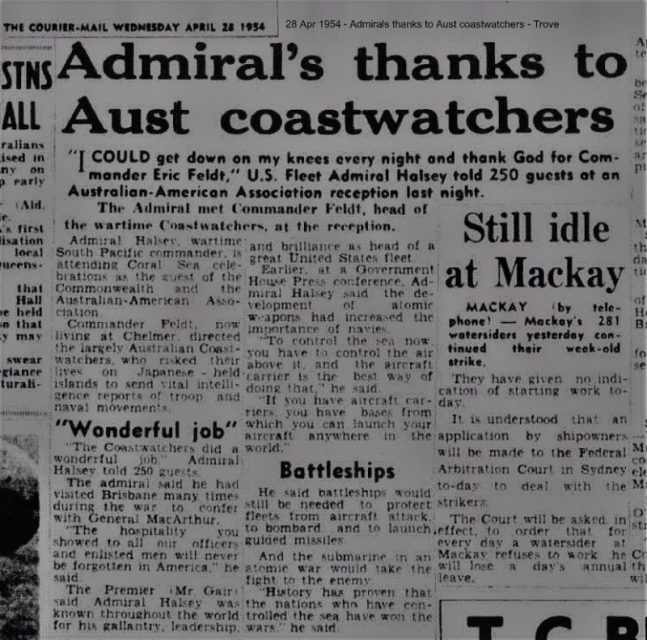
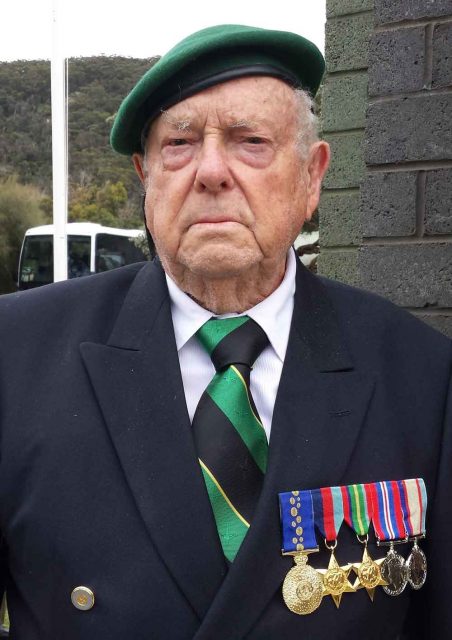
Postscript
As noted above, in his book War at the End of the World, US historian James Duffy recorded ‘an Australian Coastwatcher on the Solomon island of Bougainville provided the first news of Japanese movements when he sent his message on 2 May 1942 that a large force of enemy ships was sailing south towards Tulagi. A second, similar despatch was made later the same day by another Coastwatcher on New Georgia. Both Coastwatchers transmitted their sightings to headquarters at Port Moresby which relayed the message.’
After further research, the identity of these two Coastwatchers is as follows.
Firstly, the Australian Coastwatcher on the Solomon island of Bougainville was District Officer R.A.N. Lieutenant Jack Read. This has been noted by author Philip Selth OAM, who is writing a biography of Jack Read and wrote his entry in the Australian Dictionary of Biography.
‘It was Jack Read who sent the signal early on 3 May 1942. He had been told of the enemy ships anchored in Queen Carola Harbor by Lieutenant J.M. Mackie the previous day.’
This is also confirmed in R.A.N. Commander Eric Feldt’s book The Coast Watchers (p.131): ‘but it was not until early on the morning of 3 May that the clouds cleared just long enough for Read to spot the vessels preparing to put to sea and he immediately sent a message to that effect’.
Read was awarded the Distinguished Service Cross (U.S.) for his services.
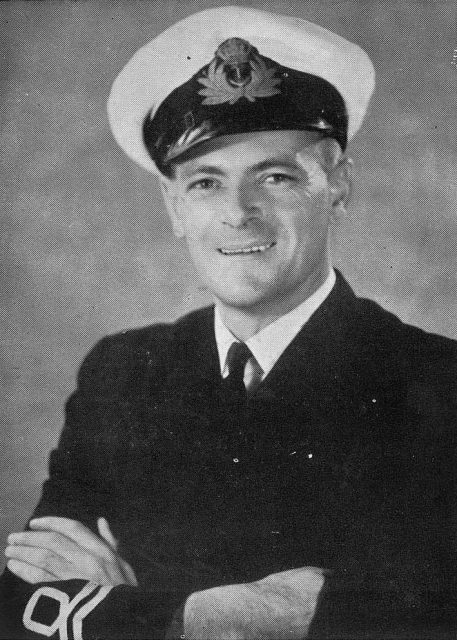
The second Coastwatcher mentioned by Duffy – ‘another Coastwatcher on New Georgia’ – was Major D.G. Kennedy, a New Zealander of the British Soloman Islands Protectorate Defence Force, who was based at Segi, New Georgia (see Feldt The Coast Watchers pp.108-110). ‘Next day [that is, 2 May 1942] Kennedy reported two ships at anchor in Thousand Ships Bay at Isobel sixty miles away…. The intelligence that Japanese ships were in Thousand Ships Bay had been passed to the US Naval Forces’. Feldt notes ‘the carriers hurried off to meet and defeat the forces moving to attack Port Moresby at the Battle of the Coral Sea…’
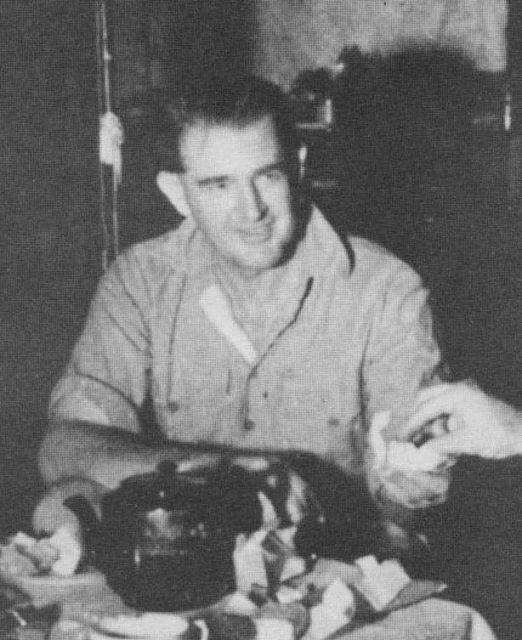
Kennedy was awarded the Distinguished Service Order (DSO) for his services.
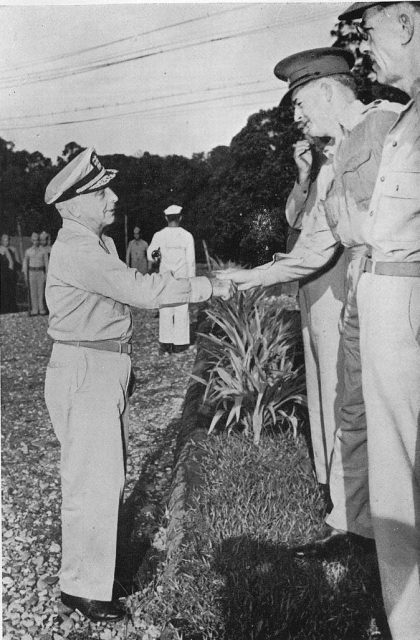
At the going down of the Sun, and in the morning, we will remember them.
All photos provided by the author.
